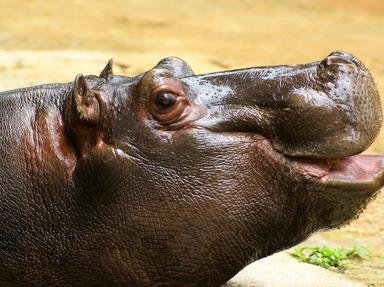Quiz Answer Key and Fun Facts
1. This large Asian ungulate is related to the wild goat. It is a heavyset animal with horns that arch rearwards and a mane which can extend all the way down its back. What is this animal that lives on the slopes of the Al Hajar Mountains?
2. Also known as the Stickney bear, this nocturnal insect-eating animal can be found in India. This gangly animal has a long and shaggy coat which forms its mane around the face. Which type of bear is this?
3. The lion is known as the "king of the jungle" but is it true that, mostly, only the males have manes?
4. Characterized by its radiant reddish orange fur that makes up its distinctive mane, this New World monkey can be found in the forests of Brazil. What type of animal is this that is also known as the golden marmoset?
5. Found in the savannah regions of Africa, this even-toed ungulate is named after the color of their fur. They have short upright manes, a light beard and horns that can extend in excess of three feet. What animal is being described with the scientific name Hippotragus equinus?
6. The mane on this domesticated animal grows from the top of its neck, spanning from the poll to the withers including the forelock. Which animal is this that can be found on farms throughout the world?
7. Closely linked to the red river hog, this animal can be found in the eastern and southern regions of Africa. They are characterized by blunt muscular snouts and a whitish mane which spikes up when distressed. What animal fits this description?
8. Both horses and zebras are part of the Equidae family of animals, but zebras do not have manes.
9. This large carnivore of the Hyaenidae family can be found in regions south of the Sahara in Africa. It is distinguished by a bear-like resemblance, rounded ears, a small mane and a spotted coat. What is the name of this animal which is otherwise known as the laughing hyena?
10. Found in Central Africa, this primate is a monkey resembling a hairy baboon. It is dark brown in color with a faint reddish golden mane around its neck and facial appearance related to its name. What type of animal is this?
Source: Author
lout62001
This quiz was reviewed by FunTrivia editor
Tizzabelle before going online.
Any errors found in FunTrivia content are routinely corrected through our feedback system.


